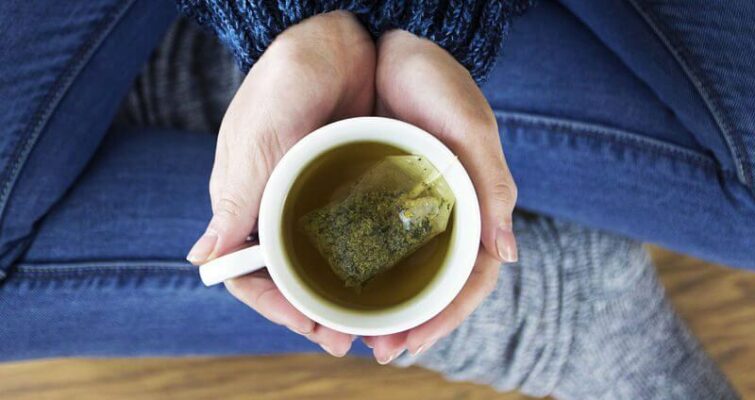I could talk for days about the countless benefits of traditional Chinese medicine (TCM). That’s why I’m excited east west Chinese medicine is catching on in the Western world, though I will say it’s taken quite some time making its way from the East side.
A study published in recent years, by the Department of Complementary-Alternative Medicine at Medical University of South Carolina, was able to prove that more and more doctors are incorporating alternative medicine in their practice. In fact, they talked to 3,200 physicians and more than 50 percent of them nodded their heads in support of TCM, saying that they would start using, or increase use of, it within the following year.
Our culture is starting to pick up on TCM too, as more and more websites and companies are talking about “mind-body” east west Chinese medicine practices that use holistic methods to boost health and prevent disease. It didn’t take me long to clue into alternative medicine. Personal health challenges in my twenties, combined with a broken health care system, is what motivated me to head down this path.
And, while TCM is truly great for treating a bounty of health concerns, it does more than boost our insides—it also treats our outsides too, namely our skin.
The skin is our body’s largest organ after all, and it’s one that we certainly need to take better care of. So much of good skin health is dependent upon your personal health type and what your body truly needs (more on this in my upcoming book Super Woman Rx). Bottom line: If melanoma statistics aren’t proof enough, we’re not giving our epidermis the kind of love it needs.
Here are some top TCM remedies I find useful for boosting skin health:
East West Chinese Medicine Remedies
Herbs
At the very core of traditional Chinese medicine is an admiration of herbs and roots. They’ve been used for thousands of years to treat skin conditions, and there’s no reason they shouldn’t still be used today. Trust me, they often go a much longer way in helping treat and prevent skin issues than the plethora of synthetic chemicals on the market.
Some of the more common herbs used in TCM for skincare are Bei Qi, Huang Qi and Goji (this one you’re probably most familiar with). Bei Qi is a Chinese flowering plant that’s been used to treat a variety of ailments including high blood pressure, liver problems and high blood sugar. On the skin it’s great for treating hyperpigmentation.
Huang Qi is great for rejuvenating dull or tired skin (a super all-natural wrinkle-reducer!), though I wouldn’t recommend it if you’re pregnant or breastfeeding.
Goji can be used to treat eye, liver and kidney problems, and can also be used topically as a skin brightener.
Teas
In the same vein as herbs, teas are excellent for your skin—hey, it’s made from the stuff after all! Tea has a high concentration of polyphenols, which have antioxidant properties and work to keep your skin hydrated, reduce inflammation and reverse signs of damage caused by free radicals in the environment.
The first that comes to mind is green tea. It’s scientifically linked to reducing your risk of skin cancer. It’s all about the catechins, antioxidants in green tea that can reduce inflammation and protect against the sun’s rays. Other teas I’d recommend include ginger tea, chamomile and dandelion root tea.
Jade Roller
These devices are rooted in TCM practices and are gaining popularity in east west Chinese medicine, as the rock itself is believed to have a cooling effect that can relieve sinus pain and pressure and reduce stress and puffiness. You can buy a jade roller for relatively cheap and use it on your face and neck. It’s also a great massage tool if you have a willing partner or friend who’s feeling extra nice. Gentle roll it across the skin for 5-10 minutes to reduce puffiness and restore a vibrant skin tone.
Mung Beans
Ever heard of these tiny detoxifying legumes? They’re loaded with protein, fiber, antioxidants and phytonutrients and have been popular in the Eastern world for centuries. In fact, the ancient Indians have been incorporating mung beans in their diet since somewhere around 1,500 B.C.! They’re delicious when eaten like chickpeas or fava beans and make a particular great face mask ingredient—great for depuffing and even healing acne-prone areas like your T-zone (forehead, nose, chin).
Turmeric
One of my favorite go-to spices of all time, for everything from combating illness with a strong immune system to fighting inflammation inside and out. Turmeric has anti-bacterial, anti-inflammatory and antiviral properties, which is why it’s been used since ancient times in Ayurvedic medicine to treat just about any ailment. You can make a turmeric mask with some honey, almond milk and one teaspoon of the spice. It’s great for rejuvenating dull skin and even helping to reduce wrinkles. Try my recipe for golden milk here.



